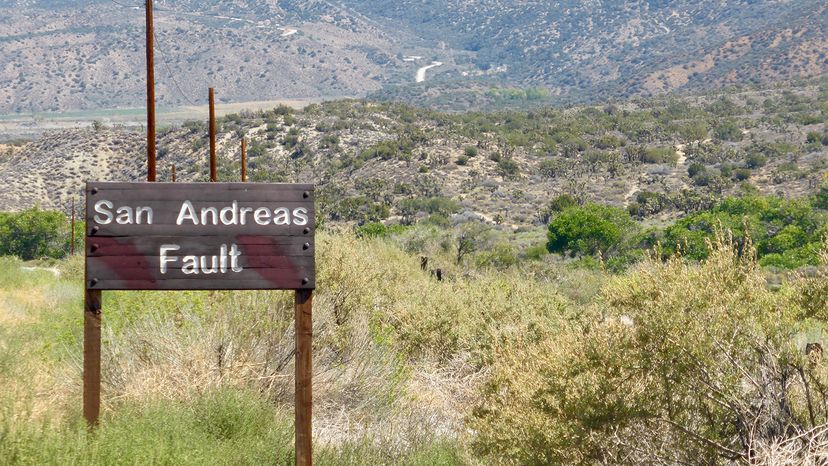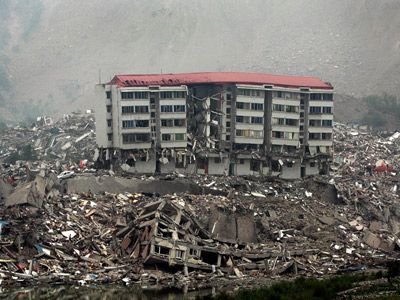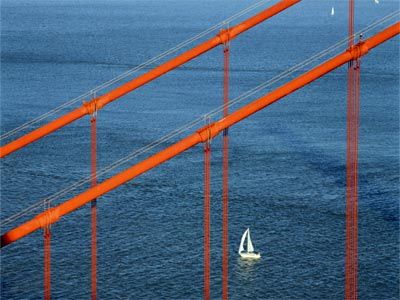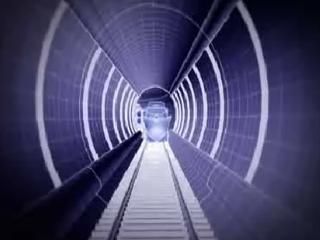While people often think of San Andreas as a single huge fault, that's not actually the case. "The San Andreas fault system consists of many parallel fault strands with variable rates of motion," Vidale explains. "In southern California, the main strands are the San Andreas fault, the San Jacinto fault, and the Elsinore fault. In northern California, the most dangerous are the San Andreas, the Hayward-Calaveras fault system, and the Greenville and Green Valley faults farther east. (Here's a handy guide to the major Bay Area faults.)
If you saw the 2015 thriller "San Andreas," you're probably wondering: What about the chances of a truly apocalyptic event, in which a series of massive quakes would ripple up and down the entire fault? Fortunately, that's something that's likely to happen only in the feverish mind of a Hollywood screenwriter.
"The earthquakes in northern California are thought to occur independently from the events in southern California," according to Vidale. "Each segment could host ruptures up to 248.6 miles [400 kilometers] long. There is a slight chance that a single earthquake could traverse longer stretches of fault, conceivably breaking both at once, but it would be a very rare occurrence. The creeping section of fault between Parkfield and San Juan Bautista is thought to separate the two regions."
But it's also important to remember that the San Andreas Fault Zone isn't the only system in California that's capable of generating a big quake. "The faults in eastern California, the ones along the Eastern California Shear Zone, are also capable of M8 earthquakes," Vidale says. "In fact, there was a near-M8 event in 1872 near Lone Pine, and the 1952 M7.3 Kern County earthquake was along it, as well as the 1972 M7.3 Landers and the1999 M7.1 Hector Mine quakes. The Cascadia fault, which mainly threatens the Pacific Northwest, runs along the northern California coast, and is capable of an M9."



